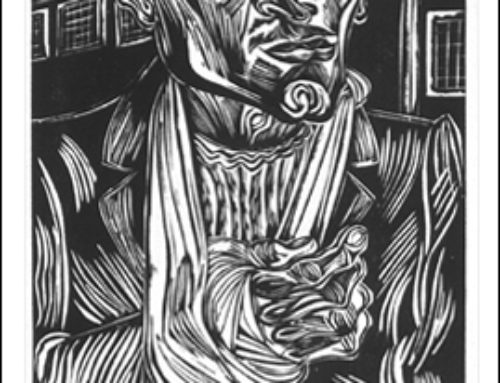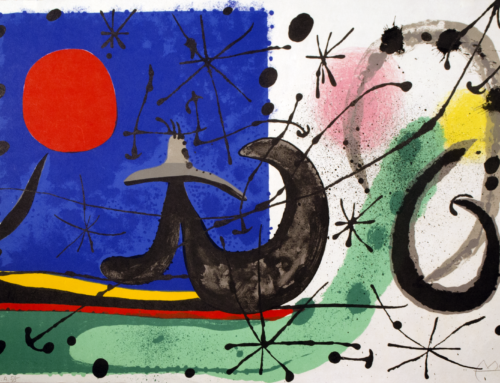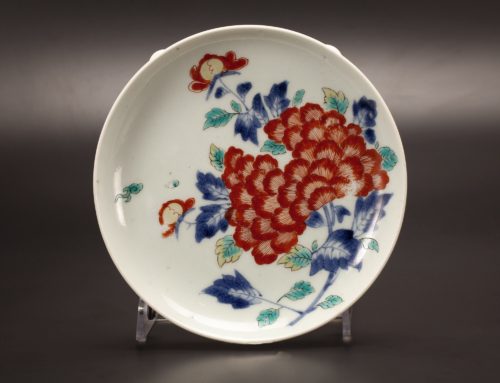Georges Braque
(1882-1963)
Pale Ale, 1911
Etching and drypoint
56.5 x 44.5 cm
Frame: 32-1/2 in. x 27-3/8 in.
Braque produced Pale Ale during the period of High Cubism (1910-1912), also known as Analytic Cubism. The subject and title seem a forerunner to Pop Art, with a bottle of Bass Ale and a glass on a table. The addition of a glass was an effective innovation by Braque, noting that when it is observed, the glass material tends to create an optic distortion of perspective due of its magnification factor.
The oval composition of Pale Ale is unique. Braque made ten cubist etchings between 1909 and 1912 with Pale Ale considered his most important. In the spring of 1910 Braque used an oval format for his painting Woman with a Mandolin. After seeing an exhibit of Rococo paintings at the Louvre, he recognized that, like Cubism, all of the activity in Rococo painting seemed to take place in the center of the composition. He began to address his subject with a new objective of avoiding what had long been a problem for Cubism—the edges of the two-dimensional works. The oval eliminates the problem because it eliminates the outer edges and concern of what to do with the corners.





